-
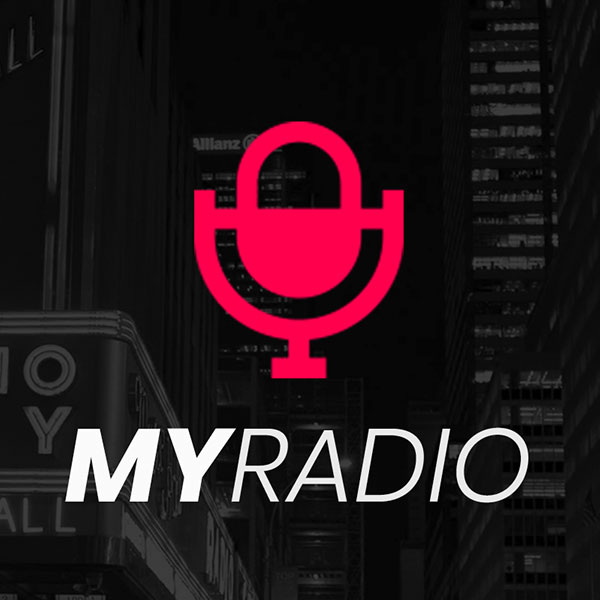 play_arrow
play_arrow
OchriO Streaming Live 24/7/365
-
 play_arrow
play_arrow
OchriO Live Stream
-
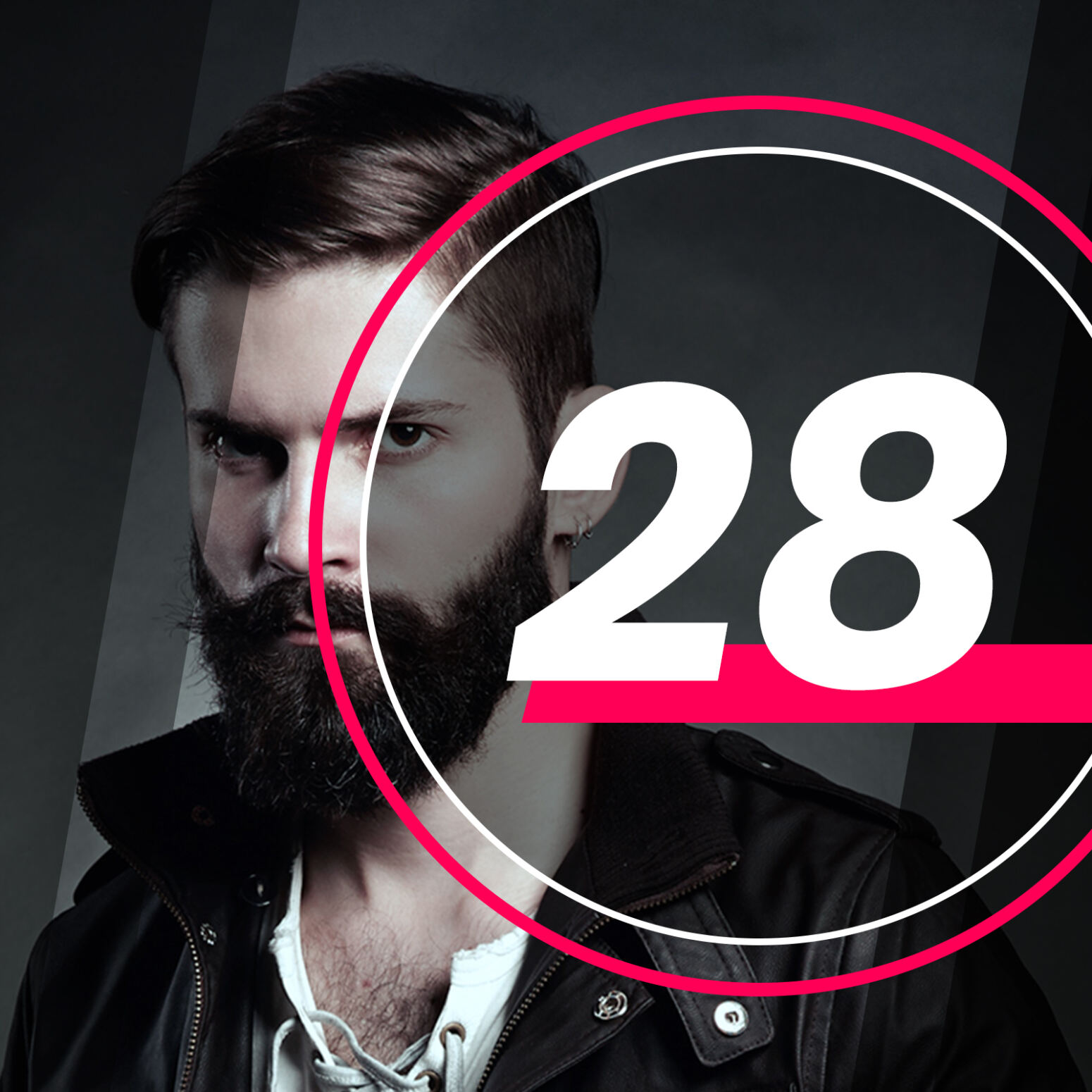 play_arrow
play_arrow
London Calling Podcast Yana Bolder
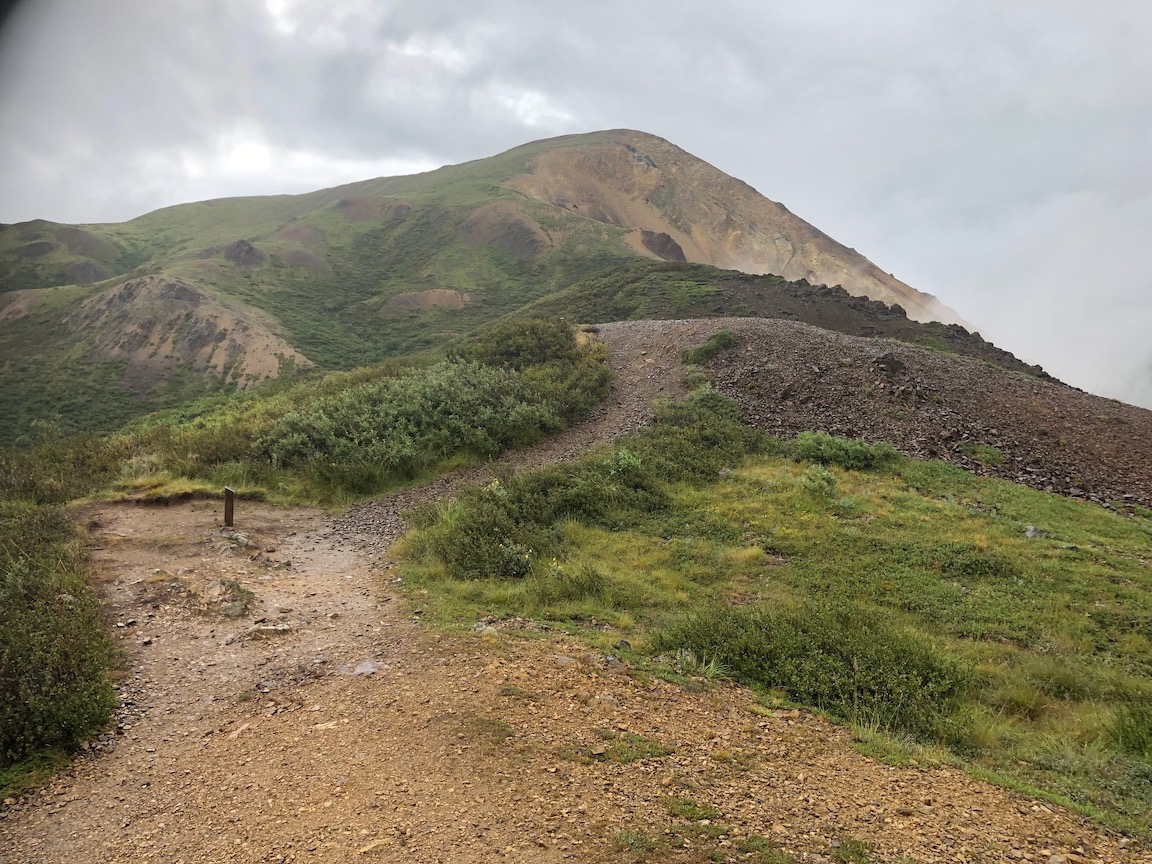


“Then I saw when the Lamb broke one of the seven seals, and I heard one of the four living creatures saying as with a voice of thunder, ‘Come!’ I looked, and behold, a white horse, and the one who sat on it had a bow; and a crown was given to him, and he went out conquering and to conquer.
When He broke the second seal, I heard the second living creature saying, ‘Come!’ And another, a red horse, went out; and to him who sat on it, it was granted to take peace from the earth, and that people would kill one another; and a large sword was given to him. When He broke the third seal, I heard the third living creature saying, ‘Come!’ I looked, and behold, a black horse, and the one who sat on it had a pair of scales in his hand. And I heard something like a voice in the center of the four living creatures saying, ‘A quart of wheat for a denarius, and three quarts of barley for a denarius; and do not damage the oil and wine.’
When the Lamb broke the fourth seal, I heard the voice of the fourth living creature saying, ‘Come!’ I looked, and behold, an ashen horse; and the one who sat on it had the name Death, and Hades was following him. Authority was given to them over a fourth of the earth, to kill with sword, and famine, and plague, and by the wild animals of the earth.” (Revelation 6:1-8, NASB)
The Four Horsemen
Who, or what, are the “four horsemen” of Revelation 6? The subject of “the end of the world” is a popular one, and not only among Christians. As events unfold day by day, many people wonder, “how much longer can things go on like this?” As I began to work on this article, I searched the phrase, “four horsemen.” The note at the top of the results said, “About 7,980,000 search results.” Obviously, people are interested in what the Bible has to say about “the end of the world.”
A couple of weeks ago, I wrote a reflection on Matthew 13 and the parables of the Kingdom entitled, “What Happens at ‘the End of the World?’” https://www.patheos.com/blogs/myjourney/2023/04/what-happens-at-the-end-of-the-world/ That post focused on the separation that Jesus says will occur – wheat from weeds, good fish from bad. These parables are just two of many examples of the Bible’s teaching about “the end of the world.” Revelation is another example – but it is written in such vividly symbolic language that many people just ignore it altogether. That’s not a great idea! Paul writes in 2 Timothy 3 that all Scripture is inspired by God and useful for teaching, correction, and encouragement. That includes the Revelation – so we shouldn’t ignore it!
One factor which complicates our discussion of the “four horsemen” is that there is no definitive listing of who or what they are. Revelation only explicitly names one of the four. The fourth horse is described as an ashen horse, and its rider is named Death. The text of Revelation 6 prompts me to identify the “four horsemen” as Conquest, War, Famine, and Death. Those “names” are not original with me, and I don’t claim that everyone should agree with me. However, they do help us as we try to understand what they represent.
The First Rider – Conquest
The first rider presents an interesting dilemma. He rides a white horse, and he is given a crown. That has led some people to believe that this first rider is Jesus. However, I see two problems with this interpretation. The first is the smaller of the two. Jesus is opening the seals, but John does not make a connection between Jesus and the rider of the first horse.
The second problem is that we see Jesus on a white horse later in Revelation. That passage describes Jesus differently than the first rider is described in chapter 6. “And I saw heaven opened, and behold, a white horse, and He who sat on it is called Faithful and True, and in righteousness He judges and wages war. His eyes are a flame of fire, and on His head are many crowns…” (Revelation 19:11-12a, NASB). Also, the first rider in chapter 6 uses a bow. In chapter 19, Jesus strikes down the nations with a sharp sword that comes from his mouth.
So I believe that the first rider is not Jesus. Instead, I believe the first rider represents the desire for power that mankind has demonstrated from the beginning. That power may look “good,” coming on a white horse; at times it may even “look like Jesus.” But Jesus does not seek conquest and power. He came to serve. He gave his life as a ransom for many (Matthew 20:28).
The Second Rider – War
The second rider comes on a red horse – the color of blood – and he is given power to take peace from the earth, and that people would kill one another. It’s interesting that this horseman is traditionally known as “War.” I suppose that association is natural, given that wars have been common throughout human history. But war is not a prerequisite for people killing one another. Stories of mass killings dominate our news; they grow more and more common each year. But people killing one another is not restricted to mass killings. Anger and bitterness mark our culture. Fear drives people to attack each other. The second horseman has been taking peace from the earth for as long as sin has been in our hearts.
But the second rider cannot take our peace away! Jesus promised his truth, and nothing in this world can take it away. As Paul tells us in Galatians 5, the fruit of the Spirit includes God’s peace. So long as we are in Christ, the Spirit dwells in us, and we have his peace!
The Third Rider – Famine
In the early 1980s, several different events helped bring attention to a severe famine in Africa: the song, “Do They Know It’s Christmas”; the Live Aid concerts; and USA for Africa’s song, “We Are The World.” These events, driven by the music industry, attracted financial and humanitarian assistance. Forty years later, there are still famines in Africa. This time, the war in Ukraine exacerbates the famine through its impact on global grain shipments. The problem is not simply weather events, or an inability to grow food; the problem relates to power and war, as discussed above. When tragedies happen – famine, war, earthquakes, storms – it is far too common for governments to control the shipments of aid into the affected areas.
‘A quart of wheat for a denarius, and three quarts of barley for a denarius; and do not damage the oil and wine.’ While it is not clear what this sentence means, one interpretation is that the wheat and barley – sustenance for the poorest people – increases in price, the oil and wine – commodities for the well-to-do – are not damaged. This again demonstrates the interplay between conquest/power, war, and famine.
The Fourth Horseman – Death
The text of this passage confirms the interaction of all four of these horsemen. “Authority was given to them over a fourth of the earth, to kill with sword, and famine, and plague, and by the wild animals of the earth.” Sword, famine, plague – these are other terms often used to describe the “four horsemen .”
Who are the “them” to whom was given authority over a fourth of the earth? Death, and Hades was following him. “Hades” is the Greek god of the underworld, the personification of the grave. It is not clear exactly what is meant by this reference, but I interpret it as a general reference to the power of death which has held sway in this world ever since sin entered the picture. Death is the ultimate power of evil, and the fear of death paralyzes people and enslaves them.
Another White Horse
But there is hope! As I mentioned earlier, there is another rider on a white horse: a rider whose name is Faithful and True. Jesus is identifies as “the Faithful and True” in another place – the letter to the church at Laodicea. “To the angel of the church in Laodicea write: The Amen, the faithful and true Witness, the Origin of the creation of God, says this…”
I find it interesting that this identification of Jesus is in the letter to Laodicea – the church that has fallen short. Jesus identifies them as “wretched, miserable, poor, blind, and naked” (3:17). Yet in spite of Jesus’ criticism and correction, he tells them: “Those whom I love, I rebuke and discipline; therefore be zealous and repent” (3:19). It is not too late for them to return to the Faithful and True witness, who will triumph in the end!
Conclusion
So who are the “four horsemen”? I’m not sure there is any one specific answer. I believe that we can see evidence of their presence in our day. I also believe we can identify their work throughout history. Perhaps in the last days there will be even more demonstrations of their power over the earth. If we interpret Revelation literally, that will surely be the case.
But a literal interpretation should not keep us from recognizing that these horsemen are already present and at work, at least to some extent. They are enemy forces. They unleash the evils that will be fully released before the end comes, and they are already at work. Surely it is part of our work to fight against those forces now?
Whether the forces of evil at work in our world are evidence of the presence of the “four horsemen,” they signal what is still to come. We have been living in “the last days” since Jesus came to announce that God’s Kingdom was breaking into this world. Our work has been, and continues to be, to fight for every person who is enslaved by sin and tortured by the powers of evil. Christ has already won the victory; we’re called to bring as many people as possible into the safety of God’s Kingdom!
Written by: OchriO
Similar posts
Recent Comments
No comments to show.Featured post

Latest posts
Current show
Upcoming shows

Energized Amandla!!!
Presented by Dj Ross
06:00 - 09:00
Impulse Amandla!!!
Presented by Dj Ross
09:00 - 12:00
Effulgent Amandla!!!
Presented by Dj Ross
12:00 - 15:00
Unretouched Amandla!!!
Presented by Dj Ross
15:00 - 18:00
Stratagem Amandla!!!
Presented by Dj Ross
18:00 - 21:00Chart

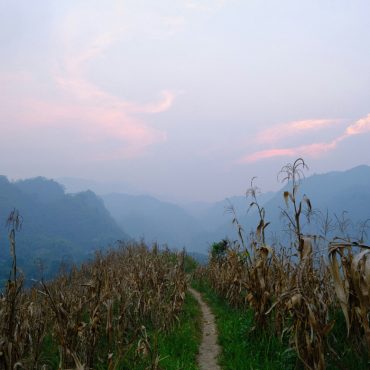
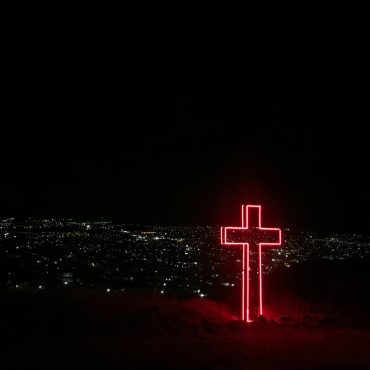


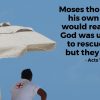
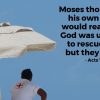


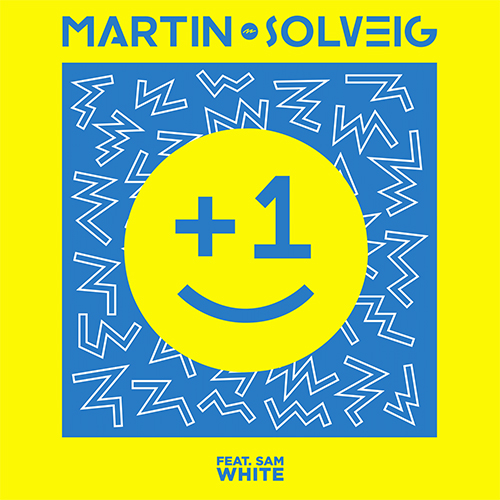
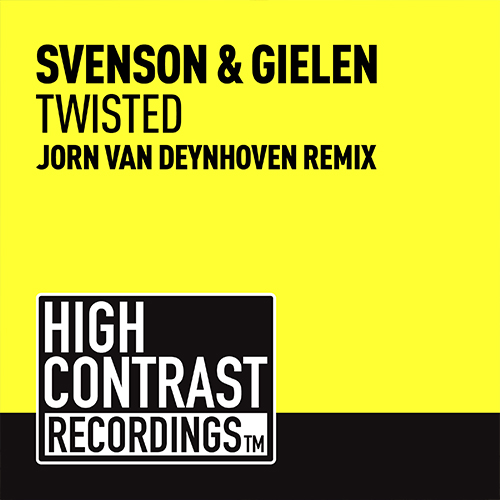
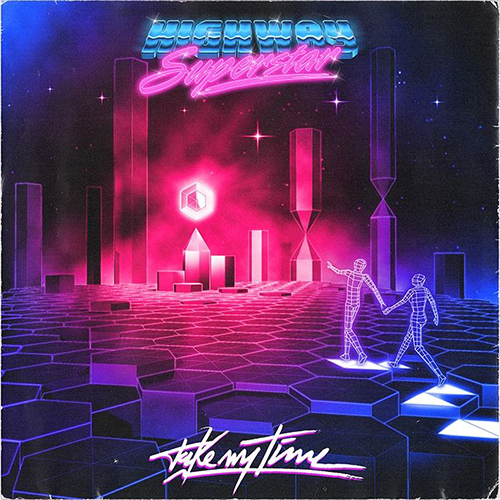
Post comments (0)